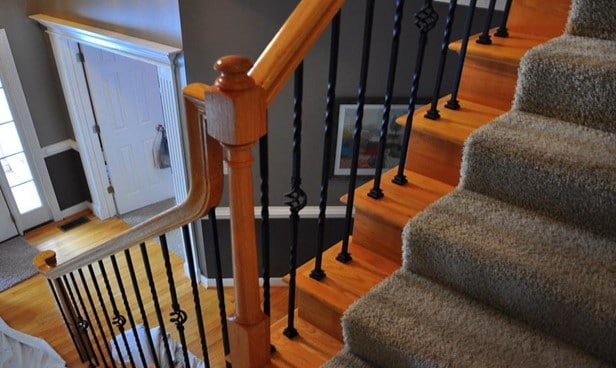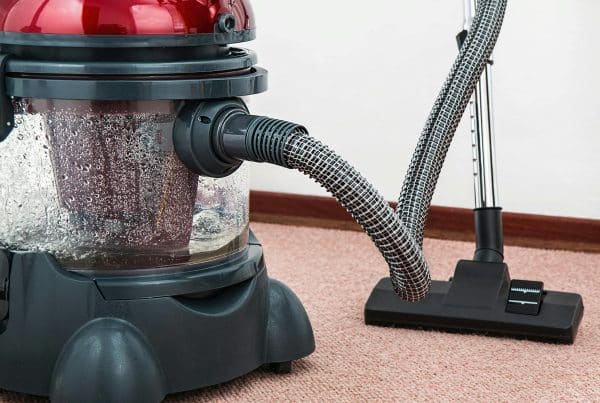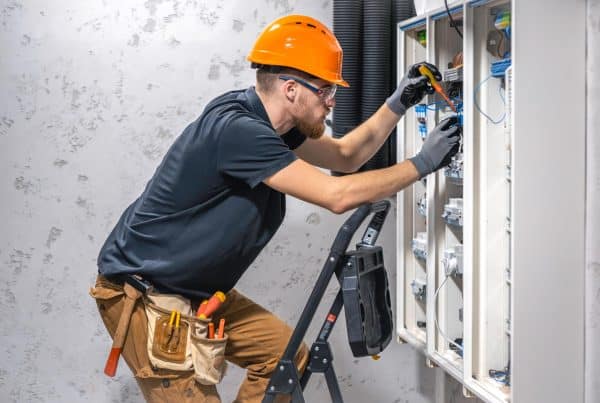A staircase is one of the most noticeable features in the living room. As soon as one enters a house, the staircase can potentially attract their attention.
It can either impress your guests or simply stand out as something plain and bulky occupying a chunk of the room.
If you are keen to create a positive impression, there is one easy way to achieve it. Incorporating a visually appealing newel post into the design of a stairway goes a long, long way.
But simply focusing on its appearance is not enough. The newel post must be as sturdy as it is nice-looking.
No products found.
Why Newel Post Designs Require More Thought
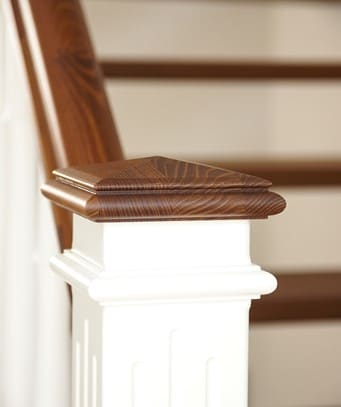
A newel post is placed at the starting point of a stairway. This makes it a prime characteristic of the staircase. Visitors will likely notice it in a snap.
Therefore, it is important to invest more time into selecting a decent design for the newel post of your stairway. Newel posts are available in different designs and materials. Each adds a different character to the home decor.
You must note that newels are not the same as balusters. Balusters are placed close together along the stairs. They are meant to provide structural support to the staircase. Newels are installed not only at the beginning but also at every turn of the staircase.
Thus, balusters outnumber newels. They fill in the gaps between two newels while also adding an aesthetic appeal to the structure.
What Are the Different Types of Newels?
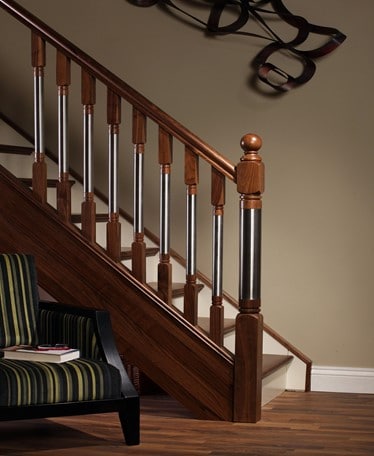
There are four main types of newels. Each serves a different purpose. All newels have their own sets of advantages and disadvantages. It is necessary to understand which newel post is used under which case.
- Standard Newel Posts – When the handrail of a staircase has an even height, a standard newel is the best alternative. It is typically used in a post-to-post system across a flat horizontal area.
- Landing Newel Posts – When the level changes, a landing newel post is used. You can install this post at the upper or middle landing, where the height of the handrail changes.
- Pin-Top Newel Posts – When the handrail runs continually, you must use a pin-top newel. A pin-top newel is used in an over-the-post system. The top of this post is always attached to a handrail fitting in one way or the other.
- Stabilizer Newel Posts – When the railing is considerably long, the structure requires more support. A fitting is not always usable in these situations. That is when a stabilizer newel becomes vital. It provides the necessary additional support to the stairway.
Aesthetically speaking, newel posts are either turned or square. A turned newel is typically thinner than a square newel. Square newels are popularly known as box newels.
They go well with a minimalistic, simple theme. Turned newels are more decorative and add a peppy element to the structure.
Newel post designs are also available for themes such as Victorian, mid-century, etc. All these types serve the same physical purpose. The difference only exists in terms of their aesthetic appeal.
Ways To Make Newel Posts Sturdier
A poorly installed newel post can make the entire staircase unsafe for anyone’s use. Here are a few ways to make the newel posts of your staircase sturdy and robust.
Tightening The Bolts and Lag Screws
If a newel post is loose, it makes the banister wobbly. This wobbliness can be extremely dangerous. Anyone putting their weight on such a banister risks toppling over and suffering from an injury. To prevent such accidents, make sure that the lag screws and bolts are both tight. Bolts are different from lag screws. Unlike the latter, the former passes right through to the other side of the wood. Therefore, tightening bolts is easier. Ensure that your lag screws are as securely fitted as your bolts.
Using Timber or Ledger Locks
A surer way to make your newel post sturdy is to use timber or ledger locks instead of bolts and lag screws. These locks do not need the wood or floor to be drilled in advance. They sink into a chunk of wood with ease. They are also available in multiple sizes. Hence, you can pick a size as per the thickness of the newel post.
Using A Mounting Plate
This is a rather permanent solution for making your newel posts robust. You can incorporate a steel mounting plate into the structure of your stairway. Tightly secure the newel post with its mounting sleeve using setscrews and anchor screws. Use epoxy for securing the newel’s collar onto the mounting’s surface. This arrangement will permanently fasten the structure. You will not have to worry about how secure the newel post is. However, you need to make sure that the handiwork is properly done. A shoddy job will cause problems in the future.
Checking The Stability of The Handrail
We already know that balusters and newel posts are important for the structural stability of a staircase. But that does not mean that the handrail is any less important. A shaky, poorly installed handrail can affect the safety of the stairs. Make sure that all the brackets and spindles of the railing are nice and tight. In case of damage, it is best to replace old spindles with new ones right away. A sturdy newel post means nothing if a flimsy handrail causes accidents. Therefore, it is important to secure the entire structure of the stairway tightly.
As you can conclude, making a newel post sturdy is not at all complicated. All you need to do is secure all the joints and fasten the bolts as tightly as possible. A wobbly railing on a flimsy newel post is an open invitation to mishaps and injuries. It is advisable to call in a technical expert to install such structures.

